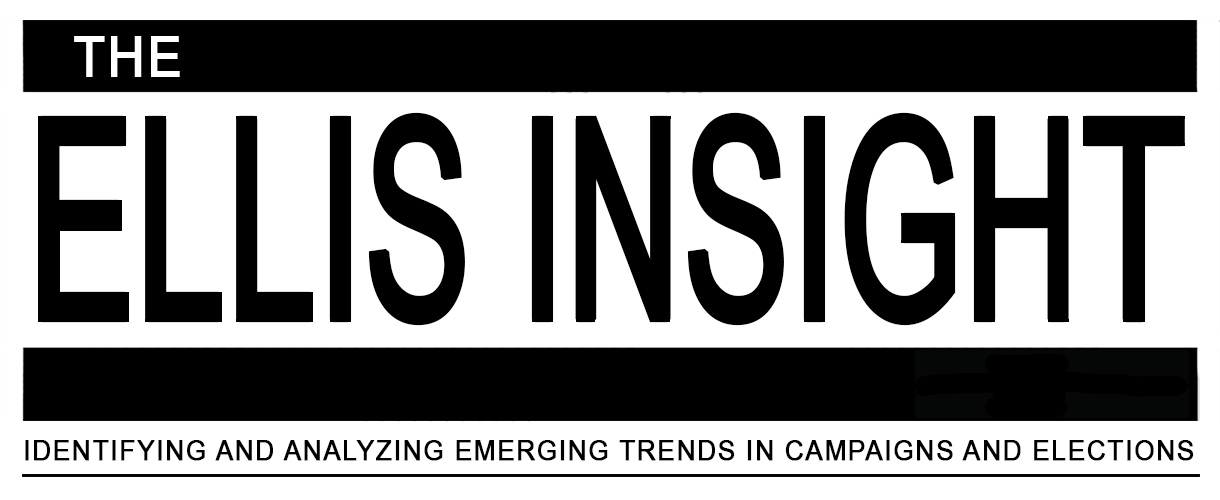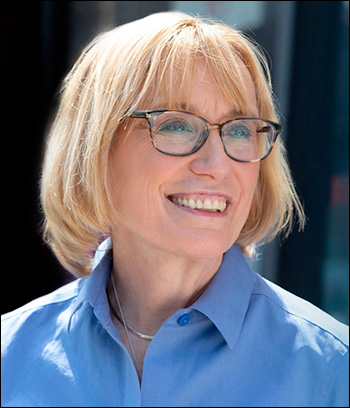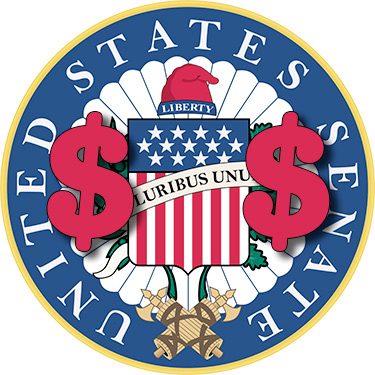
2022 Louisiana Congressional Redistricting Map (click on above map or here to go to an interactive version: Louisiana)
By Jim Ellis
April 1, 2022 — Looking at Wednesday’s redistricting finishing action in Louisiana and beyond, the only outstanding states in terms of drawing new congressional lines are Florida, Missouri, and New Hampshire. A total of 397 of the 435 districts nationwide have been completed, though many will eventually face legal action.
According to the FiveThirtyEight data organization, of the 397 districts, a total of 22 seats rate Even to D+5, with an additional 18 CDs categorized as D+6 through D+9. Of these combined 40 seats that statistics find at least slightly favoring the Democrats, Republicans hold seven. Conversely, the new maps yield a total of 14 Even to R+5 Republican districts, with another 16 rated as R+6 through R+9. In these 30 GOP-leaning seats, Democrats actually hold almost half, for a total of 13.
Members of the opposite party also hold five seats of 10-point partisan spreads or greater. Democrats claim three of the newly configured strong Republican seats in Arizona (Rep. Tom O’Halleran), Maine (Rep. Jared Golden) and Tennessee (Rep. Jim Cooper – retiring), while GOP members hold similarly stout Democratic CDs in California (Rep. David Valadao) and New York (Rep. John Katko – retiring).
It is clear the major competitive 2022 races will come from this aforementioned combined political universe of 75 seats.
Louisiana
For only the third time in state history, the Louisiana legislature voted to override a governor’s veto. The state Senate joined the state House Wednesday in voting to bypass Gov. John Bel Edwards’ (D) rejection of the new congressional map. The plan largely keeps the 5R-1D delegation split intact, with little change from the current map.
Gov. Edwards vetoed the bill, saying that a second black district can be drawn in and around the major population centers of New Orleans and the capital city of Baton Rouge. The override means the new map becomes law, but lawsuits can certainly be filed against the plan. Unless and until such is done and a court strikes the map down, the Louisiana 2022 redistricting cycle is now completed.
Maryland
The Maryland legislature is complying with the state judge’s schedule to return a less partisan map to the court. Senior Judge Lynne Battaglia last week struck down Maryland’s new congressional map as an “impermissible partisan gerrymander.”





